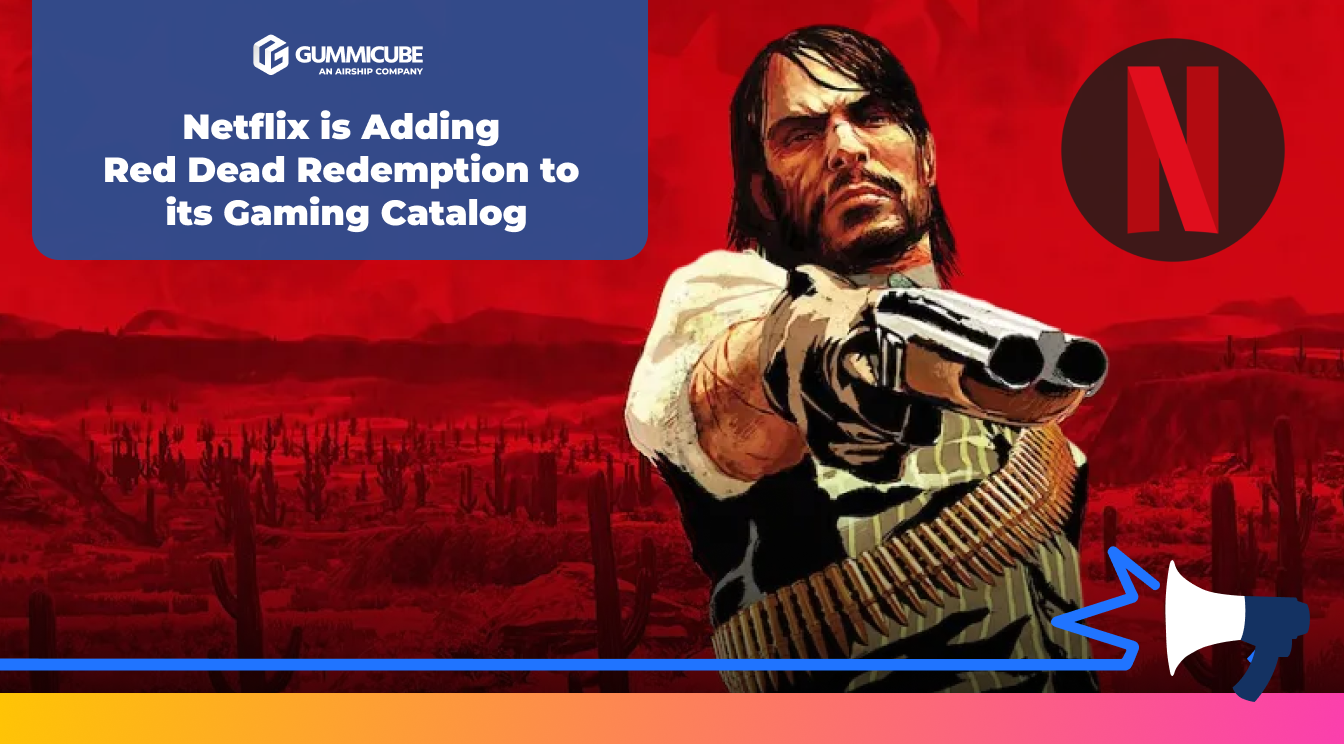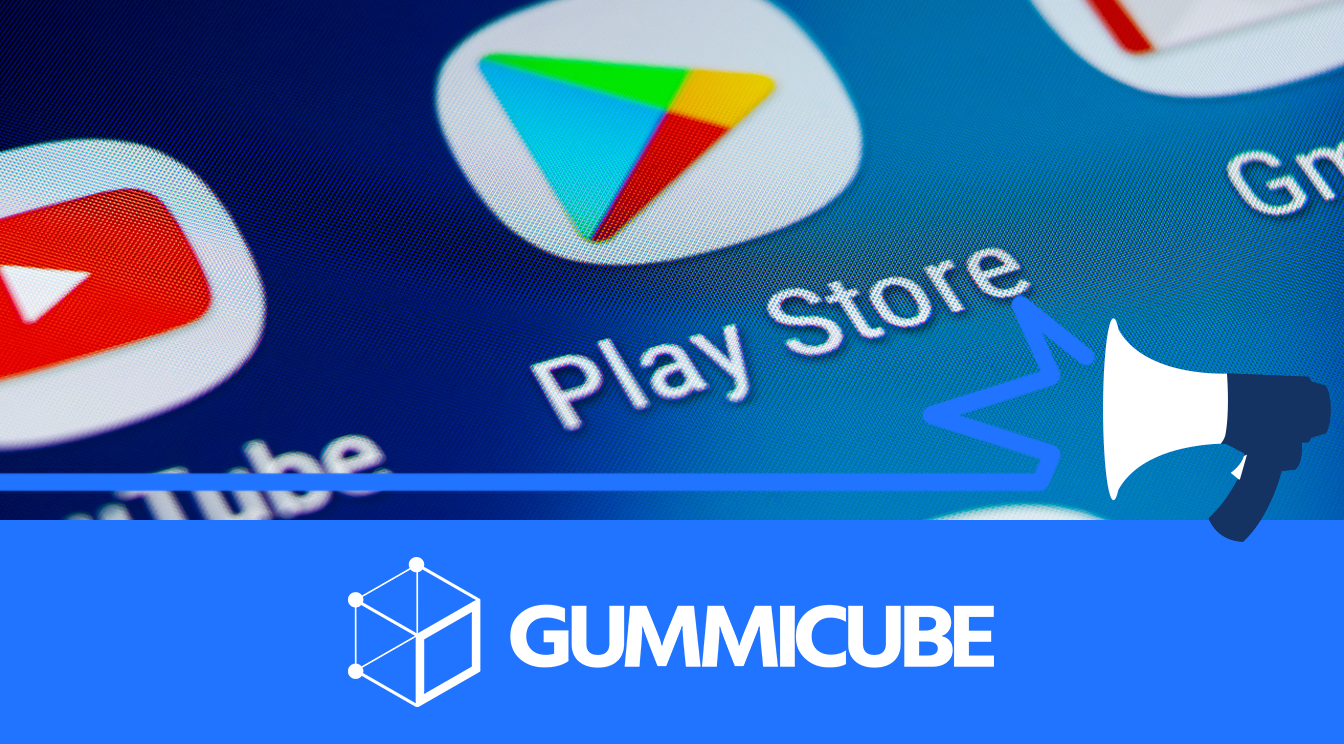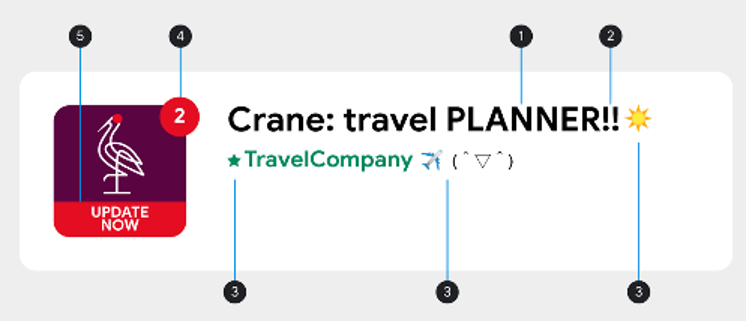
Netflix is Adding Red Dead Redemption to its Gaming Catalog
Posted on December 19th, 2025
The addition of Red Dead Redemption to Netflix’s gaming catalog represents a meaningful moment in the evolution of mobile gaming and digital distribution.

Google previously announced changes to the Google Play Developer Policy guidelines in May of this year. While further information concerning the due date for these new policies has not been published as prominently as Google’s “heads up” message on the changes, there have been reports that major changes to the front-facing metadata on the Google Play Store will be going into effect on Wednesday, September 29th.
Google Play app title changes, developer name changes, screenshot recommendations and more- These policy changes are geared toward trying to cut down on spam content in the Play Store, with new rules for title character count, content, and promotional language.

Starting September 29th, developers will need to cut down the character count of their app title to 30 characters or fewer. Since the title field is indexed by Google for search, this may have an impact on search ranking visibility of apps that are currently utilizing their full 50 character count.
It is still unclear if enforcement on the 29th will only apply to new apps, updates to existing apps, or when it will be extended to apps that are already live in the store. Google’s previous App Icon specification which restricted using transparency in PNG images allowed existing apps (even when updating their APK) to remain as-is for several months after the enforcement date, though any new apps or updates to the Play Store view of the app icon of existing apps needed to conform to the latest icon specification after the enforcement date.
Developers should use ASO tools to assess their current ranking and determine which terms are driving visibility. Because there is no backend keyword bank with which to build phrases, terms included in an app’s title are some of the main drivers for indexation.
Developers can look to App Store Optimization software to determine which keywords in their current title are working well with surrounding terms to index the app. A well-optimized title should be able to keep an app’s visibility stable even with the loss of characters.
The good news is that the Short Description will remain fully intact, character-wise, at 80 characters. If there is an absolutely essential long-tail phrase in the title, reworking it into this area may offer some indexation assistance.
In addition to imposing a new character limit, app titles will no longer be allowed to include content such as repeat punctuation, emojis and special characters, or all capital letters. Google hopes to “clean up” the storefront with these changes, but has made note that the restriction of all caps does not apply to branded titles that are established as all capitalized. Below is Google’s example of a title in violation of several of these new rules:

Google intends to eliminate promotional messaging in the most prominent front-facing metadata, including the app title field and the developer name. Forbidden promotional language includes anything that seeks to indicate performance (“best,”) pricing (“free,”) or calls-to-action (“install now.”)
Similar to the App Title, the developer name can be indexed for search, though it is not weighted as heavily as the title. Developers who need to change their developer name can do so via the Google Play Developer Console without the lengthy process Apple requires, including using a registered LLC with a DUNS number, or their real name, and contacting Apple to make the change. Developers who do end up having to change their name should monitor how it impacts their keyword rankings and adjust their strategy to re-target any terms (in a compliant way) accordingly.
There will also be a crackdown on misleading or promotional messaging or imagery in an app’s icon. The same promotional language that will now be banned from titles will also not be allowed in icon images, in addition to misleading imagery. Specifically cited are mock-ups that mimic notifications, such as an “unread message” number or use graphic elements to mimic “Instant Play” apps or falsely indicate ranking.
If the icon needs to be reworked, now is a great time - albeit because it is necessary - to A/B test what works as a new icon is developed. Fortunately for developers on the Play Store, multiple icons can be tested at once to see which converts best- though they will not have the opportunity to keep the previous one that performed better if it violates Google’s upcoming policies.
Many terms that will soon be disallowed, like “free” and “best,” can help build long-tail search phrases. Developers should assess how they rank for these, if they are driving visibility, and plan to restructure accordingly. The right ASO agency can help make this process much more smooth and seamless.
Along with these “requirements,” Google is also listing new “recommendations” for content in the Play Store as part of its clean-up initiative, which may or may not come into effect on September 29th, but will be coming “in the second half of 2021.”
Rather than making sweeping changes to all updates listed by Google, understanding the difference between these two is important when planning updates. From Google:
Content guidelines: Requirements and recommendations“Requirements” listed on this page are mandatory; failure to meet requirements may result in removal or suspension from Google Play.Guidelines listed under "Highly recommended" on this page can help make your app or game more eligible for recommendation and promotion throughout Google Play. Failure to comply with these guidelines will not impact your store listing page, but may result in changes to how your preview assets appear on Google Play or limit promotional opportunities.
Where “requirements” must be made, “recommendations” are optional but recommended. Opposed to an app icon which can no longer use disallowed compositional and promotional elements, a screenshot test can be done to see if a set converts better using Google’s new recommended layout compared to the current set. The results of the test can then be considered along with the potential “promotional opportunities” that come with using Google’s recommendations.
Google is soon to change some key aspects of the Google Play Store, and developers would be wise to keep themselves informed on changing policies. Shorter titles will be the most impactful across the board, as many apps are using more that 30 characters in the title field. While fewer may be impacted by changes to what types of promotional language will be allowed in the title, it is important to make note of what will and will not be allowed to avoid rejections due to careless inclusion of “top” or “best” here.
In addition to language guidelines, there will be restrictions on how an app’s icon can communicate its purpose. Any allusions to performance, falsely mimicking notifications, or masquerading as one of Google’s Play Program featured apps (e.g. Instant Play.) All of these rules are set to go into effect Wednesday, September 29th, although it is yet unclear how this will be enforced given Google’s lack of communication in the Developer Console compared to those of previous Play Store changes.
Want to learn more about App Store Optimization? Contact Gummicube and we’ll help get your strategy started.

The addition of Red Dead Redemption to Netflix’s gaming catalog represents a meaningful moment in the evolution of mobile gaming and digital distribution.

App developers have a limited window to identify wake lock issues, strengthen their performance, & protect their long-term visibility in the Google Play Store.

Developers should focus on regular ASO, A/B testing, and clear communication of an app's value as LLMs learn and recommend apps based on queries.